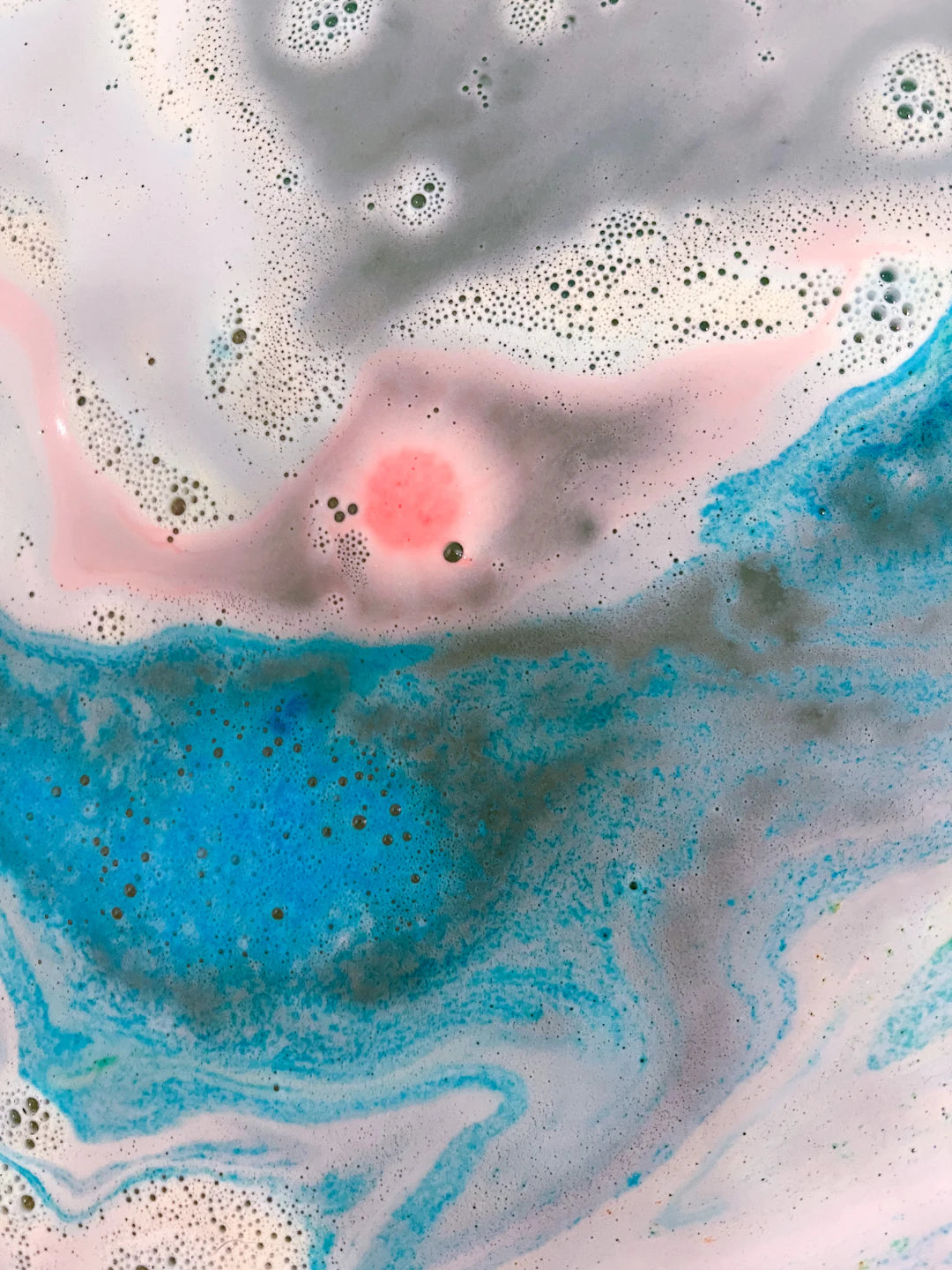Frequently Asked Questions
1. What are the environmental impacts of bath bomb production?
2. What key ingredients are used in bath bombs and their environmental effects?
3. How can consumers make more sustainable choices regarding bath bombs?
4. What role do businesses play in promoting sustainability in the bath bomb industry?
5. What can individuals do to advocate for environmentally friendly practices in the bath bomb market?
As the popularity of luxurious bath bombs continues to rise, it's essential to consider the environmental impact that their production has on our planet. Bath bombs have become a staple for self-care enthusiasts, but what lies beneath the surface of these bubbly delights? In this blog post, we will explore the environmental implications of bath bomb production, covering everything from ingredient sourcing to packaging. By understanding these impacts, you can make more informed choices and contribute to a more sustainable future.
The Bath Bomb Boom
In recent years, the bath bomb industry has flourished thanks to the shift towards self-care and wellness. These fizzy treats, usually made from a combination of baking soda, citric acid, essential oils, and colourants, provide an indulgent experience in the tub. However, the very ingredients that make bath bombs so delightful can pose potential environmental hazards during their production and disposal phases.
Ingredient Sourcing
The production of bath bombs commonly involves several raw materials. Let’s break down a few key ingredients and their environmental impact:
- Baking Soda: A core ingredient, baking soda is produced through the mining of trona, a naturally occurring mineral. This mining process can lead to land degradation and the depletion of local ecosystems.
- Citric Acid: Often derived from citrus fruits, the large-scale production of citric acid can demand high water usage and pesticide application, contributing further to environmental stress.
- Essential Oils: Many bath bombs leverage essential oils for fragrance. The extraction of these oils can result in habitat loss and biodiversity decline, particularly from over harvesting.
- Colourants: Some synthetic colourants may involve toxic materials and processes that can harm aquatic life upon disposal.
Understanding the sourcing of these ingredients is vital for consumers who want to make environmentally friendly decisions.
Manufacturing Processes
The journey from raw materials to finished product involves various manufacturing processes that can further influence the environment. Here's a closer look at some key aspects:
Energy Consumption
Bath bomb production requires energy for mixing, drying, and packaging. Depending on the source of this energy, it may contribute significantly to greenhouse gas emissions. Many businesses are now exploring eco-friendly manufacturing practices to reduce their carbon footprint.
Water Usage
A significant amount of water is often used throughout production. From washing raw materials to maintaining cleanliness in production facilities, the ‘water footprint’ of bath bomb manufacturing can be substantial. Companies willing to adopt water recycling and conservation techniques can mitigate some of this impact.
Waste Generation
Manufacturing can lead to various types of waste, including product spoilage and packaging waste. It's crucial for producers to have waste management strategies in place to ensure minimal impact on landfills. For consumers, choosing brands that prioritise waste reduction and offer refill or recycling options promotes a circular economy.
Impact on Aquatic Ecosystems
Bath bombs are typically dissolved in bathwater before being washed down the drain. However, some of their components may not break down entirely, posing risks to aquatic environments. Here are a few considerations:
Pollution from Synthetic Ingredients
Many bath bombs contain synthetic fragrances and colourants that, when washed away, can affect the quality of water sources. These chemicals may disrupt aquatic life, leading to biodiversity loss and ecosystem imbalances.
Microplastics and Bath Bombs
While many bath bombs are free from microplastics, some may contain plastic-based glitter or beads that contribute to ocean plastic pollution. These tiny particles can be ingested by marine life, leading to harmful consequences.
Sustainable Alternatives
With a growing awareness of the environmental impacts of bath bomb production, both consumers and manufacturers are seeking sustainable alternatives.
Natural Alternatives to Synthetic Ingredients
Choosing bath bombs made with natural and organic ingredients can significantly reduce environmental impacts. Look for products that utilise plant-based colourants, biodegradable glitter, and essential oils from sustainable sources.
Eco-Friendly Packaging
Packaging plays a significant role in the environmental footprint of any product. Opting for bath bombs packaged in biodegradable, recyclable, or compostable materials can help limit waste. Brands that focus on minimal or zero-waste packaging are paving the way for a greener future.
The Role of Businesses in Sustainability
Businesses hold a pivotal position in promoting sustainability. Here are ways companies can contribute to the positive change:
- Transparency: Brands should provide clear information on ingredient sourcing and production practices, allowing consumers to make informed choices.
- Collaboration: Partnering with environmentally friendly suppliers and organisations can strengthen sustainability efforts.
- Innovation: Investing in research and development can lead to more sustainable production methods and eco-friendly product lines.
Your Role as a Consumer
As a responsible consumer, your purchasing choices can drive change in the industry. Here are ways to promote eco-friendly practices:
- Choose Wisely: Support brands that prioritise sustainability and ethical production standards.
- Educate Yourself: Learn about the ingredients and manufacturing processes behind your favourite products.
- Advocate: Use your voice to encourage businesses to adopt better practices and hold them accountable for their environmental footprint.
A Bright Future for Bath Bombs
As we draw this discussion to a close, it's clear that the environmental impact of bath bomb production is a pressing issue that demands attention. While indulging in these fizzy delights can still be enjoyed, it’s crucial to be mindful of their production processes and the implications for our planet. By making informed choices, supporting sustainable practices, and advocating for change, you can play a pivotal role in promoting a greener future. The journey to a more environmentally conscious bath bomb experience is achievable, and together, we can create a ripple effect of positive change. So dive into the world of sustainable bath products, and let every bath be an eco-friendly experience!





